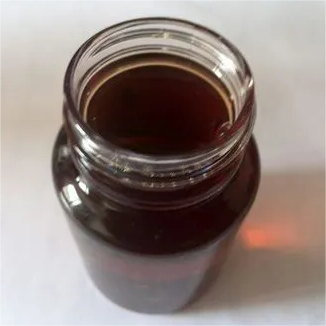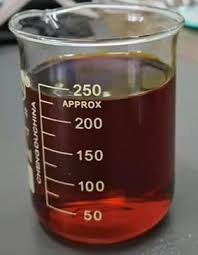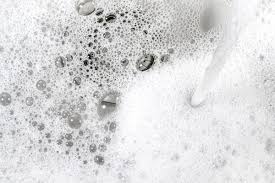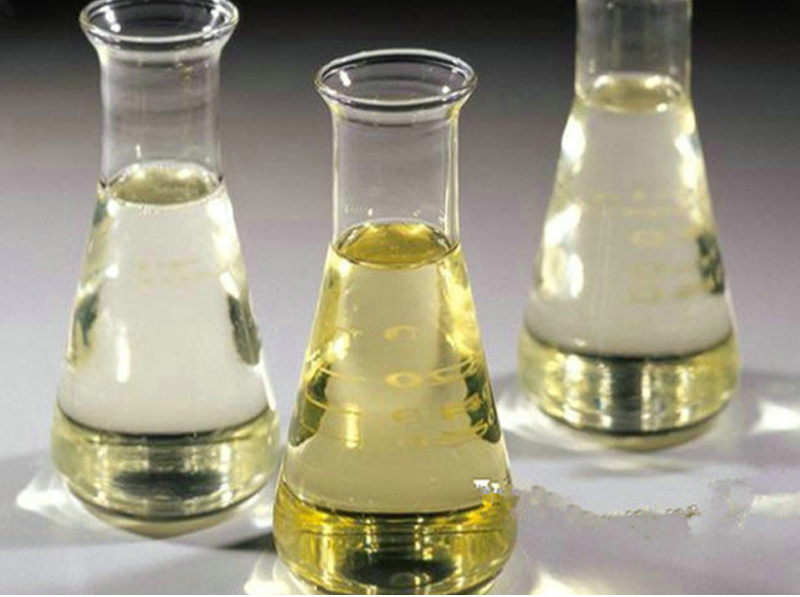**Lather Up Your Lungs: What Happens When Surfactant Takes Over?**
(What Effect Will Adding More Surfactant Have On These Lungs)
Picture blowing up a balloon. The first few puffs are tough. The rubber resists. Now imagine spritzing the inside with dish soap. Suddenly, the balloon inflates smoothly. That slippery stuff is like surfactant in your lungs—a natural detergent keeping things moving. But what if we dump extra surfactant into the mix? Let’s dive into the slippery science of lung lather.
Your lungs are packed with tiny air sacs called alveoli. These sacs inflate and deflate with every breath. Without surfactant, their sticky walls would cling together like wet plastic wrap. Breathing would feel like sucking a thick milkshake through a straw. Surfactant lowers surface tension, making it easier for alveoli to expand. Think of it as WD-40 for your airways.
Babies born too early often struggle with breathing. Their lungs haven’t made enough surfactant yet. Doctors fix this by giving artificial surfactant. It’s a lifesaver. But what if we crank up the surfactant levels beyond normal? More isn’t always better.
Adding extra surfactant might sound like upgrading to premium lung lubricant. At first, it could help. Alveoli might pop open faster. Oxygen could flow more smoothly into the blood. People with stiff, damaged lungs—like those with acute respiratory distress syndrome (ARDS)—might breathe easier. But biology hates extremes.
Too much surfactant can turn your alveoli into overinflated balloons. The slippery coating might make the air sacs too stretchy. They could expand unevenly. Some areas might blow up like bubblegum, while others stay flat. This uneven inflation strains lung tissue. Imagine a party balloon with weak spots—it’s a recipe for leaks or tears.
Surfactant also fights germs. It’s packed with proteins that trap bacteria and viruses. Boost the surfactant, and you might boost this defense. But again, balance matters. Overloading the system could trigger inflammation. The immune system might panic, thinking the extra proteins are invaders. Cue swelling, fluid buildup, and a whole new set of breathing problems.
Then there’s the cleanup crew. Your lungs constantly recycle used surfactant. Add too much, and the cleanup system gets overwhelmed. Old surfactant piles up like dirty dishes. This gunk can clog alveoli, making it harder for oxygen to slip into the bloodstream. Suddenly, that “helpful” extra surfactant becomes lung junk.
Scientists are still untangling these effects. Animal studies show mixed results. Mice given extra surfactant sometimes breathe better. Other times, their lungs get leaky or inflamed. Human trials are rare—it’s tricky to fine-tune surfactant levels without side effects.
One thing’s clear: the body loves balance. Surfactant is a miracle molecule, but it works best in Goldilocks zones—not too little, not too much. Tweaking its levels isn’t as simple as adding detergent to a washing machine. Lungs are delicate. Even a life-saving substance can backfire if we get greedy.
(What Effect Will Adding More Surfactant Have On These Lungs)
So next time you take a deep breath, thank your surfactant. It’s the unsung hero keeping your alveoli slick and springy. But remember—when it comes to lung lather, moderation rules.
Inquiry us
if you want to want to know more, please feel free to contact us. (nanotrun@yahoo.com)



